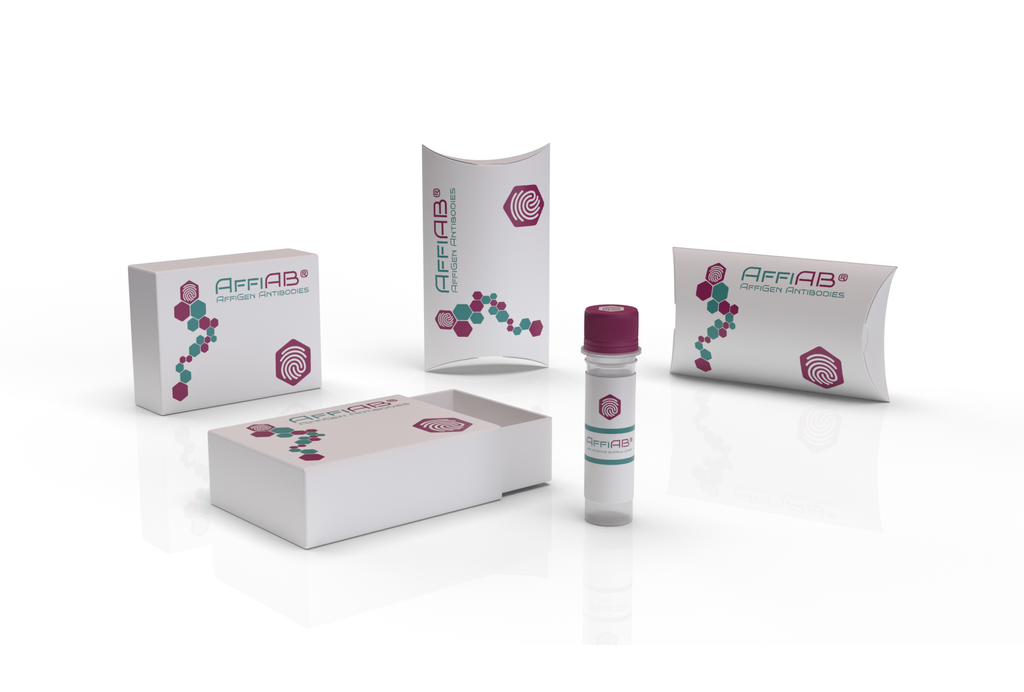AffiAB® Anti-ROBO1 Antibody
Specific cells in the midline separate the left and right halves of the central nervous system and play many roles in guiding the growth cone behavior. In vertebrate spinal cord, insect abdominal nerves and nematodes, midline cells produce induced cues, such as nectins and slits, respectively, as attractants and repellents. respectively. These cells can serve as gatekeepers to prevent axons from passing through the midline and to guide the growth cone in response to the switching of lead cues beyond the crossing. One such gatherer, Robo, is an axon guidance receptor that defines a new subfamily of proteins from fruit flies to mammalian conserved Ig superfamily proteins. Robo acts as a receptor for the repellent Slit and functions in a cell-autonomous manner Non-intersecting axons express high levels of Robo and cross axons to express low levels of Robo and then reach midline and high levels of crossover. Robo1 and Robo2 are two human homologs of Drosophila megalopolis. Robo1 is also homologous to the C. elegans gene sax3, while Robo2 is homologous to zebrafish genes.
Antibody type
Rabbit polyclonal Antibody
Uniprot ID
SwissProt: Q9Y6N7 Human; SwissProt: O89026 Mouse
Recombinant
NO
Conjugation
Non-conjugated
Host
Rabbit
Isotype
IgG
Clone
N/A
KO/KD
N/A
Species reactivity
Human, Mouse
Tested applications
IF-Cell, IHC-P
Predicted species reactivity
N/A
Immunogen
Synthetic peptide within C-terminal human ROBO1.
Storage
Store at +4°C after thawing. Aliquot store at -20°C or -80°C. Avoid repeated freeze / thaw cycles.
Form
Liquid
Storage buffer
1*PBS (pH7.4) , 0.2% BSA, 50% Glycerol. Preservative: 0.05% Sodium Azide.
Concentration
1 mg/mL.
Purity
Immunogen affinity purified.
Signal pathway
Cancer
Recommended dilutions
IF-Cell: 1:100-1:500; IHC-P: 1:50-1:200
Molecular Weight
180 kDa
Subcellular location
Membrane.
Positive control
Hela, MCF-7, A549, human liver cancer tissue, human breast tissue, human kidney tissue, mouse brain tissue, mouse kidney tissue.
